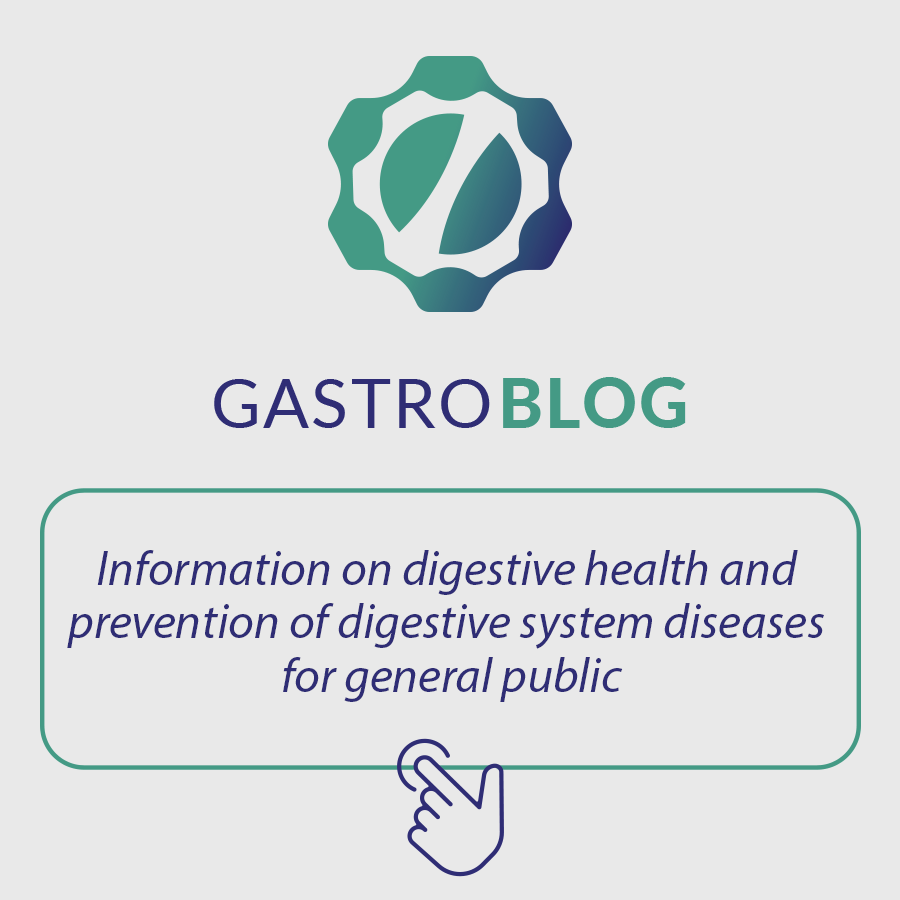A topic that has been gaining attention from pancreas scholars lately is pancreatic steatosis. This is a generic term that infers the accumulation of fat in the pancreas. However, there are 2 main mechanisms to justify pancreatic steatosis:
- The first is called “fatty replacement”, that is, the replacement of pancreatic cells by adipocytes after the death of acinar cells. This occurs in genetic and congenital syndromes, such as Cystic Fibrosis, Shwachman-Diamond and Johanson-Blizzard, in addition to alcohol abuse, use of some medications (such as corticosteroids, gencitabine, octreotide and rosiglitazone), viral infections, malnutrition and post necrotizing acute pancreatitis (the area of necrosis is often replaced by adipocytes).
- The second mechanism is fatty infiltration (or “fatty infiltration”), in which adipocytes accumulate in the gland, without loss of acinar cells. Unlike what happens with liver fat, which is intracellular, pancreatic fat accumulates in the interlobular region, both of the exocrine parenchyma and of the islets of endocrine parenchyma. This mechanism is most associated with obesity, DM-2 and with Metabolic Syndrome.
Epidemiology
Data on the incidence and prevalence of pancreatic steatosis are still scarce, especially in the west. In the east, 16-35% of people have this finding on imaging exams. In individuals undergoing endoscopic ultrasound, the finding of pancreatic steatosis was in 27% of patients.
In a meta-analysis conducted by Singh and collaborators of 11 studies with 12,675 patients, the global prevalence was 33%. These patients had a 67% higher risk of hypertension, a 108% higher risk of diabetes and a 137% higher risk of Metabolic Syndrome.
Obesity proved to be the main risk factor for the finding of pancreatic steatosis. And some studies also related the finding of non-alcoholic fatty liver disease (NAFLD) with pancreatic steatosis, although the accumulation of pancreatic fat precedes the appearance of liver fat.
Diagnosis
The definitive diagnosis of pancreatic steatosis is with histological analysis, however it is rare to have pancreatic biopsies in the context of benign diseases. Therefore, it is necessary to use non-invasive imaging exams, such as:
- Trans-abdominal ultrasound: it is a very available exam that does not use radiation or contrast. However, being the pancreas a retro-peritoneal organ, the evaluation of the gland is impaired by gas interposition and by the patient’s own biotype. The ultrasonographic characteristic is of a hyperechoic pancreas, compared to the hepatic and splenic parenchyma.
- Endoscopic ultrasound: the most used method for diagnosis and grading of pancreatic steatosis (which can vary from I to IV, with types I and II considered normal pancreas, and types III and IV considered steatotic pancreas). The grading is done in comparison with the spleen parenchyma. However, there is still little inter-observer agreement, and multicenter studies with a larger number of participants are needed for this grading to be validated.
- Abdominal tomography: in abdominal tomography without contrast, we can observe a hypoattenuating pancreas in relation to the splenic parenchyma. There is a good correlation between tomographic attenuation indices and histology. In the study without contrast, however, the diagnosis of pancreatic masses that can also present as hypoattenuating may be missed.
- Magnetic resonance imaging: a safe and effective method in diagnosing pancreatic steatosis, as it has greater accuracy for evaluating soft parts. More studies are needed, however, to determine the “normal” amount of fat in healthy individuals

Clinical impact
Some situations related to pancreatic steatosis are being raised in the most recent studies. There are still many doubts about the real clinical impact of this finding, but what we have positive so far is:
- Relationship of pancreatic steatosis with obesity: there is a correlation of pancreatic steatosis and obesity, as well as a reduction of steatosis with weight loss. In individuals undergoing bariatric surgery (by-pass or vertical gastrectomy) there was a significant decrease in pancreatic fat, regardless of weight loss or control of comorbidities (such as diabetes, for example).
- Relationship of pancreatic steatosis with Diabetes mellitus: in diabetic individuals, the finding of pancreatic steatosis is common, and increases with the duration of the disease. However, there are doubts whether the presence of pancreatic steatosis can potentiate the dysfunction of pancreatic beta cells, and contribute to a worsening of glycemic control.
- Relationship of pancreatic steatosis and Non-alcoholic fatty liver disease (NAFLD): it seems that pancreatic steatosis precedes hepatic steatosis in patients with Metabolic Syndrome. Almost all individuals with NAFLD (97%) have concomitant pancreatic fat infiltration.
- Relationship of pancreatic steatosis and pancreatic cancer: it is known that obesity is considered a risk factor for pancreatic adenocarcinoma and, it seems, fatty infiltration in the pancreas plays a role in carcinogenesis, regardless of obesity. This finding is due to lipotoxicity and the release of substances resulting from oxidative stress, such as oxygen free radicals. In the fatty pancreas, the incidence of intraepithelial neoplasia (PanIN) and invasive ductal adenocarcinoma is higher. It is even suggested that patients with pancreatic steatosis would have a greater severity of the disease, with more lymph node metastases.
Other associations are not possible to be made at the moment, such as: association with acute pancreatitis, chronic pancreatitis or pancreatic fibrosis, exocrine pancreatic insufficiency or appearance of pancreatic fistula in the postoperative period. These relationships are still controversial, and require further studies.
References
- Sepe, PS et al. A prospective evaluation of fatty pancreas by using EUS. Gastrointestinal Endoscopy, 2011. doi:10.1016/j.gie.2011.01.015
- Majumder, S et al. Fatty Pancreas: Should We Be Concerned? Pancreas. 2017 ; 46(10): 1251–1258. doi:10.1097/MPA.0000000000000941.
- Catanzaro, R et al. Exploring the metabolic syndrome: Nonalcoholic fatty pancreas disease. World J Gastroenterol 2016 September 14; 22(34): 7660-7675. DOI: 10.3748/wjg.v22.i34.7660
- Chang, ML. Fatty Pancreas-Centered Metabolic Basis of Pancreatic Adenocarcinoma: From Obesity, Diabetes and Pancreatitis to Oncogenesis. Biomedicines 2022, 10, 692. https://doi.org/10.3390/biomedicines10030692.
How to cite this article
Marzinotto, M. Pancreatic Steatosis – Where are we? Gastropedia 2021, vol. 1. Available at: https://gastropedia.com.br/gastroenterology/pancreas/pancreatic-steatosis-where-are-we
Medica responsável pelo Grupo de Pâncreas da Disciplina de Gastroenterologia Clínica do HCFMUSP


